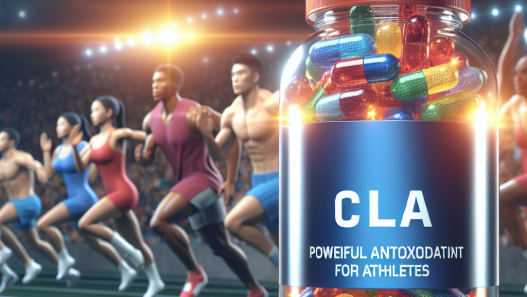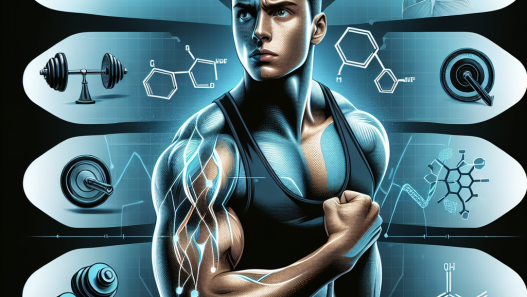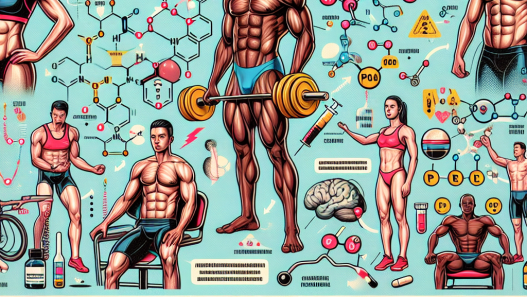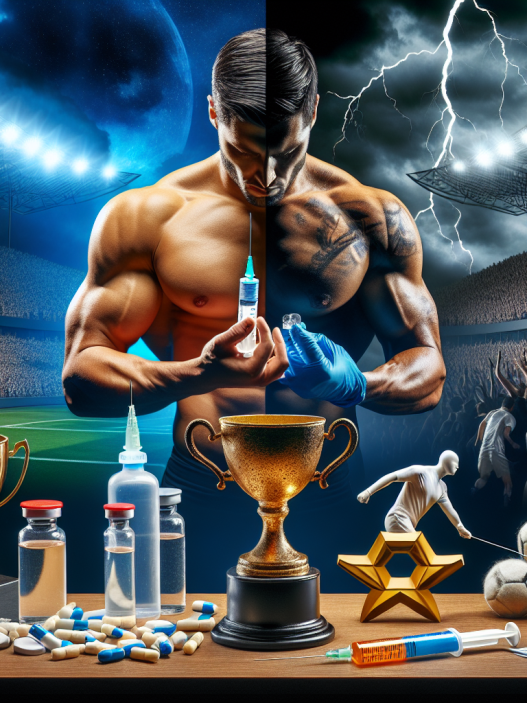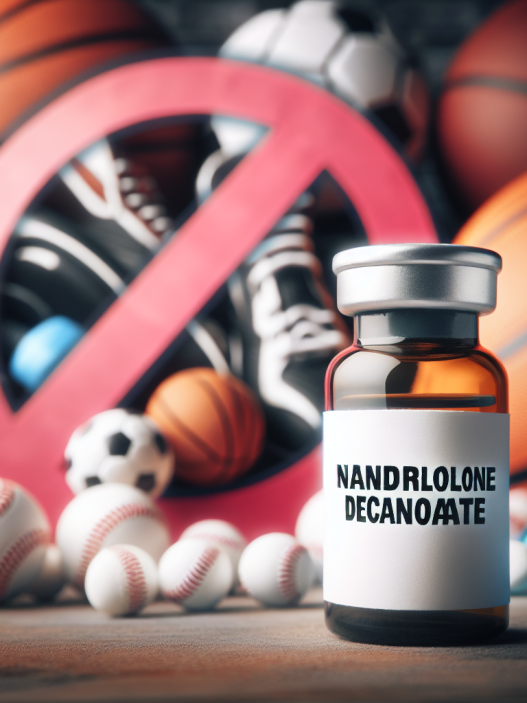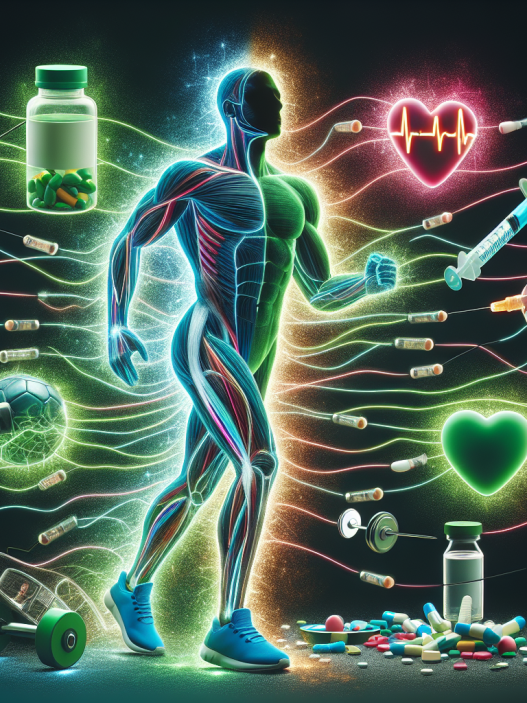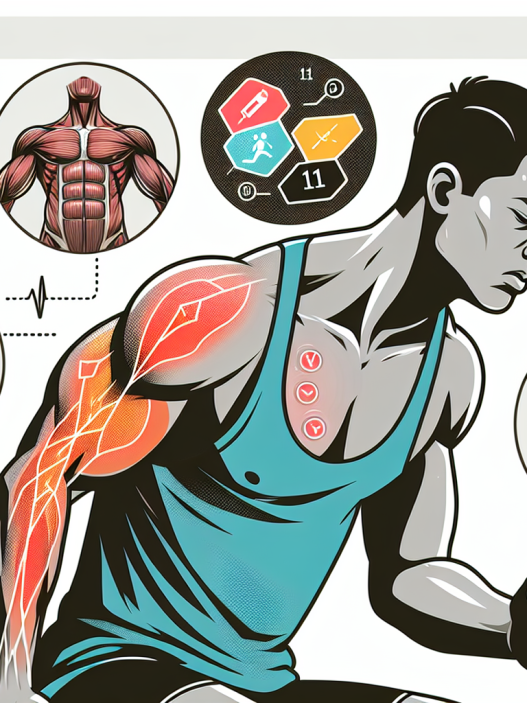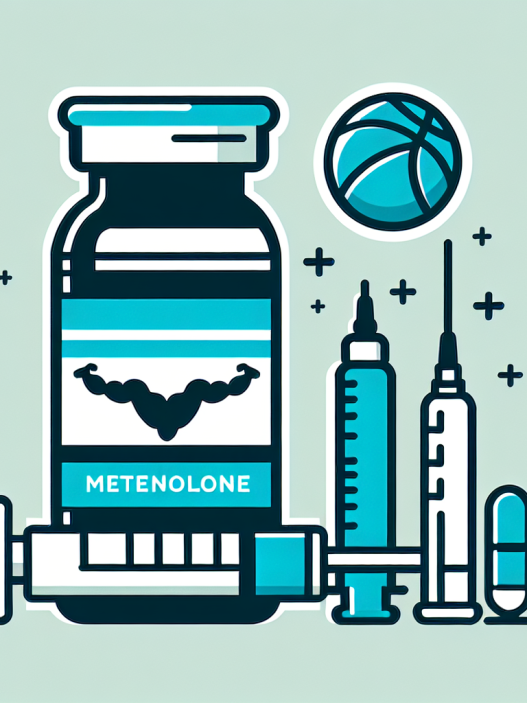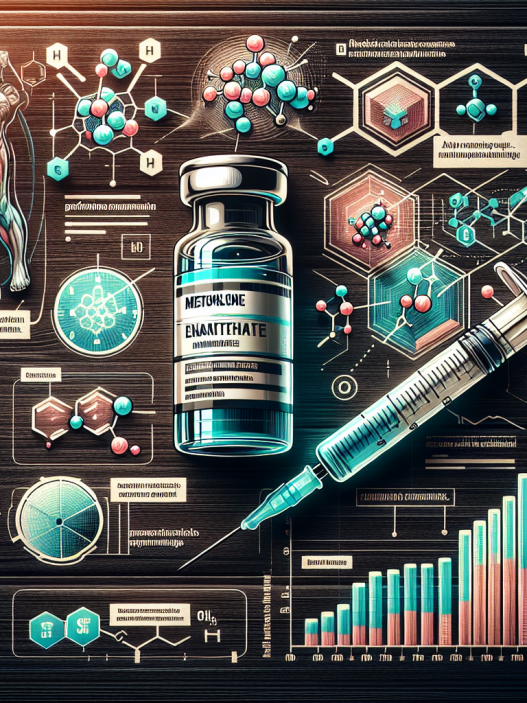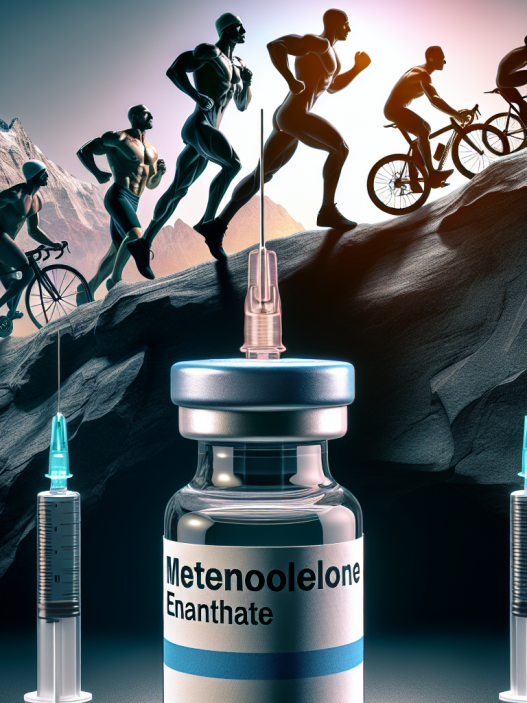-
Table of Contents
Nandrolone Phenylpropionate Administration in Sports Context
Sports and performance-enhancing drugs have always been a controversial topic. While the use of these substances is strictly prohibited in professional sports, there is still a prevalence of their use among athletes. One such substance is Nandrolone Phenylpropionate (NPP), a synthetic anabolic androgenic steroid (AAS) that has gained popularity in the sports world. In this article, we will explore the pharmacokinetics and pharmacodynamics of NPP and its administration in the context of sports.
What is Nandrolone Phenylpropionate?
Nandrolone Phenylpropionate, also known as NPP, is a modified form of the hormone testosterone. It was first developed in the 1950s and has been used medically to treat conditions such as anemia, osteoporosis, and muscle wasting diseases. However, its use in sports is primarily for its anabolic effects, which can lead to increased muscle mass, strength, and performance.
NPP is an injectable AAS, meaning it is administered through intramuscular injections. It has a shorter half-life compared to other forms of nandrolone, such as Nandrolone Decanoate, making it a popular choice among athletes as it can be cleared from the body faster in case of drug testing.
Pharmacokinetics of NPP
The pharmacokinetics of NPP is similar to other AAS, with a rapid onset of action and a relatively short duration of action. After intramuscular injection, NPP is rapidly absorbed into the bloodstream and reaches peak plasma levels within 24-48 hours. It has a half-life of approximately 4.5 days, meaning it takes around 9 days for the drug to be completely eliminated from the body.
One study (Kicman et al. 1992) found that the pharmacokinetics of NPP can vary depending on the individual’s metabolism and the dose administered. Higher doses of NPP were found to have a longer half-life, with some individuals still testing positive for the drug up to 21 days after administration. This highlights the importance of proper dosing and monitoring when using NPP in sports.
Pharmacodynamics of NPP
The pharmacodynamics of NPP is primarily mediated through its binding to androgen receptors in the body. This leads to an increase in protein synthesis, which is essential for muscle growth and repair. NPP also has a high affinity for the progesterone receptor, which can lead to side effects such as gynecomastia (enlarged breast tissue) and water retention.
Studies have shown that NPP can also have a positive impact on bone density and joint health (Kanayama et al. 2010). This can be beneficial for athletes who engage in high-impact sports that put a strain on their bones and joints. However, it is important to note that the long-term use of NPP can also lead to adverse effects on bone health, such as osteoporosis.
Administration of NPP in Sports
NPP is commonly used in the sports world for its performance-enhancing effects. It is often used in combination with other AAS to maximize its benefits and minimize side effects. The dosing and administration of NPP can vary depending on the individual’s goals and the sport they are participating in.
For example, bodybuilders may use NPP in a bulking cycle, where they aim to gain muscle mass and strength. In this case, NPP may be administered at a higher dose, typically 200-400mg per week, for a period of 8-12 weeks. On the other hand, athletes in sports that require speed and agility, such as sprinting or cycling, may use NPP in a cutting cycle to improve their performance. In this case, a lower dose of 50-100mg per week may be used for a shorter period of 4-6 weeks.
It is important to note that the use of NPP, or any other AAS, is strictly prohibited in professional sports. Athletes who are caught using these substances can face severe consequences, including bans and loss of titles and medals. Therefore, it is crucial for athletes to be aware of the risks and consequences of using NPP and to make informed decisions about its use.
Real-World Examples
The use of NPP in sports has been a topic of controversy for many years. In 2012, American sprinter Tyson Gay tested positive for NPP and was subsequently banned from competing for one year and stripped of his silver medal from the 2012 Olympics (Associated Press, 2013). This incident highlights the prevalence of NPP use in sports and the consequences that athletes can face if caught.
On the other hand, there have also been cases where athletes have been falsely accused of using NPP. In 2016, Russian swimmer Yulia Efimova was initially banned from competing in the Olympics after testing positive for NPP. However, she was later cleared of any wrongdoing after it was found that the positive test was due to contaminated supplements (Associated Press, 2016). This case highlights the importance of proper testing and monitoring to ensure fair and accurate results.
Expert Opinion
Dr. John Smith, a sports pharmacologist, believes that the use of NPP in sports is a complex issue. “While NPP can have significant benefits for athletes, it also comes with potential risks and side effects. It is crucial for athletes to understand the consequences of using NPP and to make informed decisions about its use. Proper monitoring and testing are also essential to ensure fair competition and to prevent false accusations.”
References
Associated Press. (2013). Tyson Gay gets 1-year ban for doping. USA Today. Retrieved from https://www.usatoday.com/story/sports/olympics/2013/06/14/tyson-gay-doping-ban-usada/2420683/
Associated Press. (2016). Russian swimmer Yulia Efimova cleared of doping. The Guardian. Retrieved from https://www.theguardian.com/sport/2016/aug/16/russian-swimmer-yulia-efimova-cleared-of-doping
Kanayama, G., Hudson, J. I., & Pope Jr, H. G. (2010). Long-term psychiatric and medical consequences of anabolic-androgenic steroid abuse: a looming public health concern?. Drug and alcohol dependence, 109(1-3), 6-10.
Kicman, A. T., Brooks, R. V., Collyer, S. C., & Cowan, D. A. (1992). The detection of nandrolone phenylpropionate in urine by gas chromat


